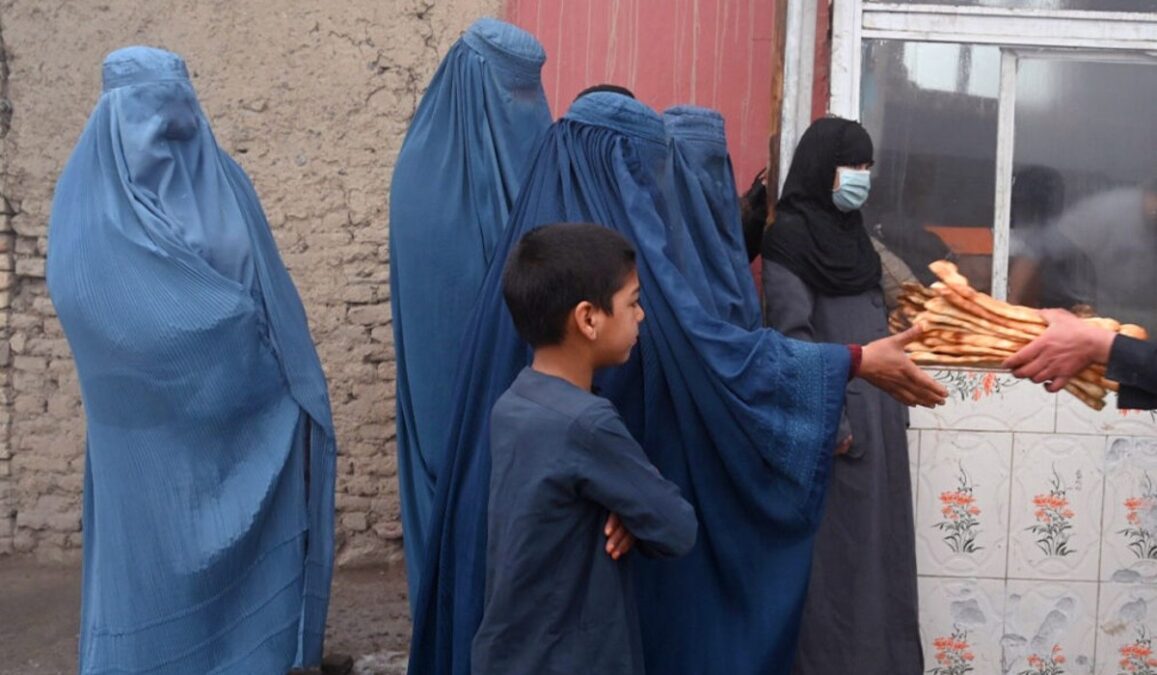The 2023 Afghanistan Humanitarian Response Plan (HRP) is grappling with critical funding gaps of around $1.3 billion, placing vulnerable families in Afghanistan on the precipice of hunger, disease, and potential death as winter’s chill looms, according to an assessment released Sunday by the United Nations Office for the Coordination of Humanitarian Affairs (OCHA).
As humanitarian needs reach an unprecedented zenith, driven by three consecutive years of drought-like conditions, escalating poverty, and heightened vulnerabilities after four decades of conflict, a narrow window remains to deliver essential assistance and supplies before the lean season and winter commence, thereby averting tragic loss of life, the organization reported.
Recent analysis from humanitarian partners underscores severe underfunding’s dire consequences.
The number of individuals targeted for monthly food assistance has dwindled significantly, dropping from 13 million at the year’s outset to 9 million between March and April, and a mere 5 million in May. Furthermore, discontinuation of health services by 262 static and mobile health facilities has compromised primary healthcare access for two million people, OCHA said.
Approximately 2,800 community-based classes, catering to over 141,000 children—more than half of whom are girls—face potential closure in August if additional funding remains elusive, OCHA cautioned.
Without a fresh influx of funds, further reductions in food rations loom over the coming months. This includes an additional decrease in the number of individuals targeted for food assistance to 3 million people starting September.
According to OCHA, livelihood support will also experience a reduction from 9 million to 5 million people. An upswing in the number of closed community-based classes, possibly reaching 3,300 by October 2023, and the discontinuation of 173 mobile health and nutrition teams (MHNTs) in August, endangering up to 70,200 children under five, are also anticipated.
“Funding is urgently needed to anticipate winter and pre-position vital humanitarian supplies before many regions become isolated by freezing temperatures and heavy snowfall in October,” OCHA emphasized. “Critical pipelines for Food and Livelihoods, Nutrition, Health, WASH, and Protection are at risk of rupture due to insufficient funding between July and September 2023.”
OCHA highlighted the $1.3 billion funding gap, labeled as crucial by partners, as only a fraction of the overarching $2.43 billion deficit. The 2023 HRP has garnered a mere $801 million, accounting for just 25 percent of overall requirements. Notably, many activities this year have been funded by carryover resources (approximately $800 million) from 2022.




